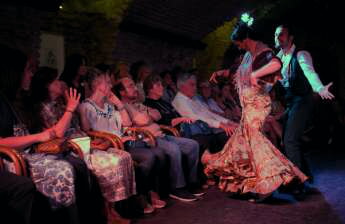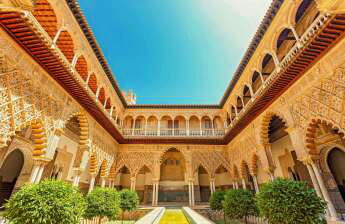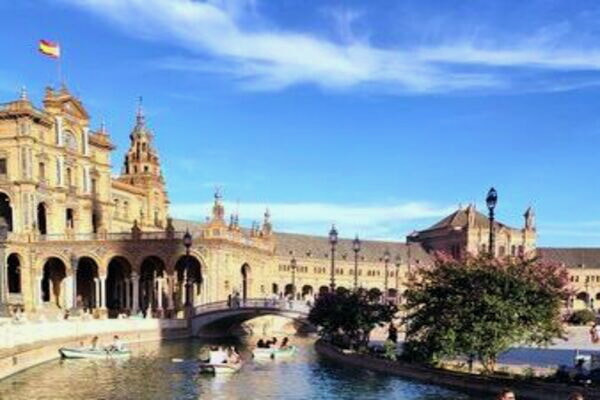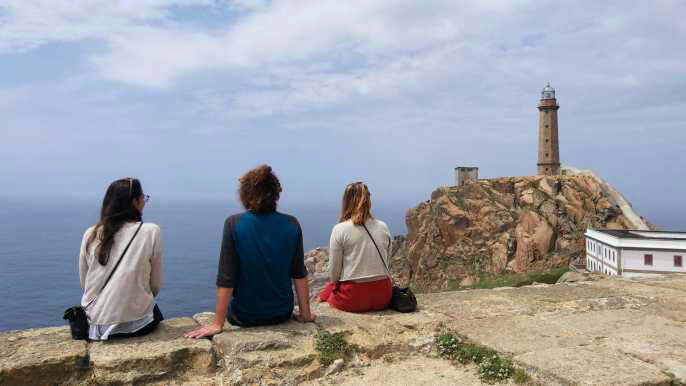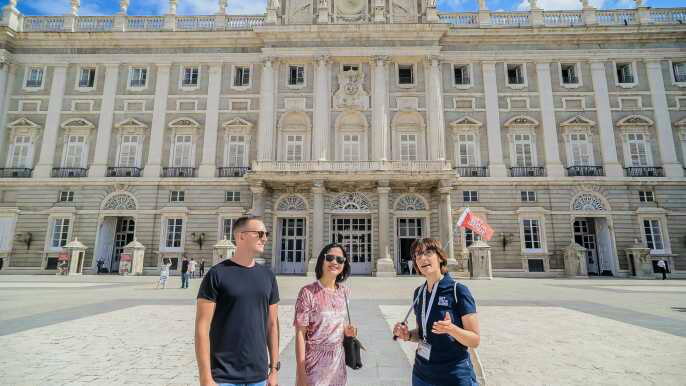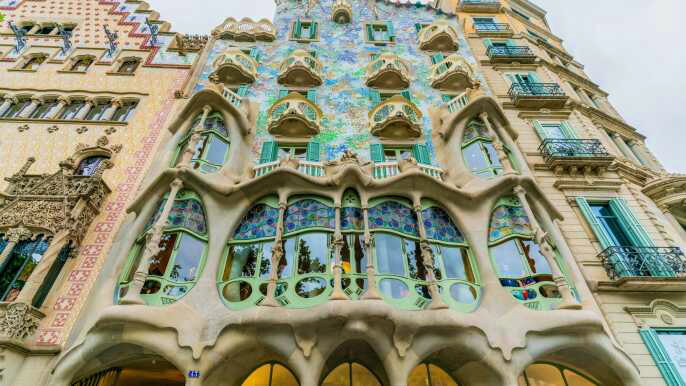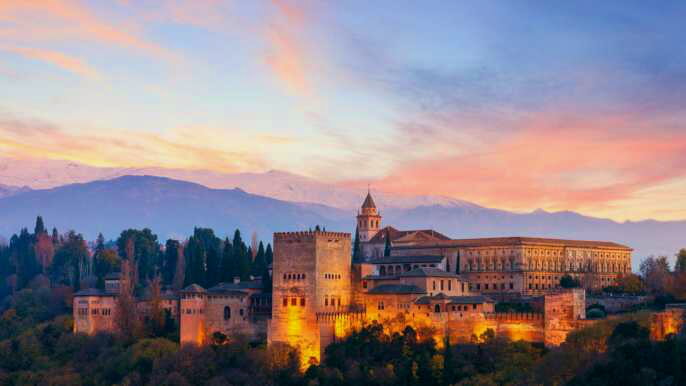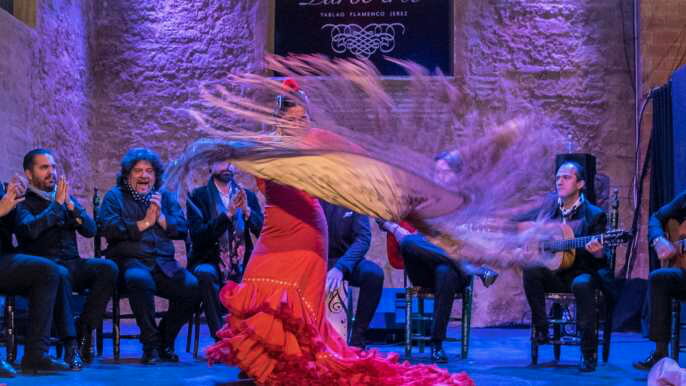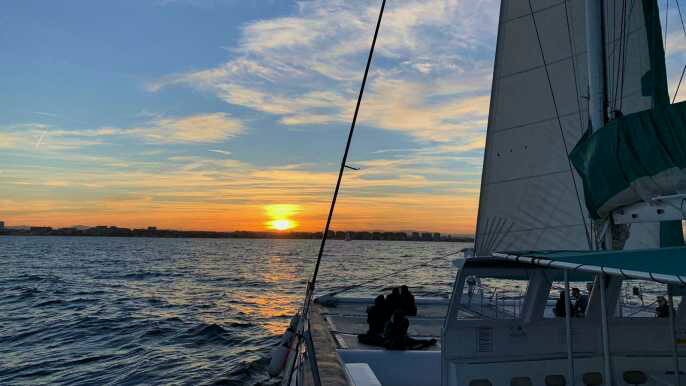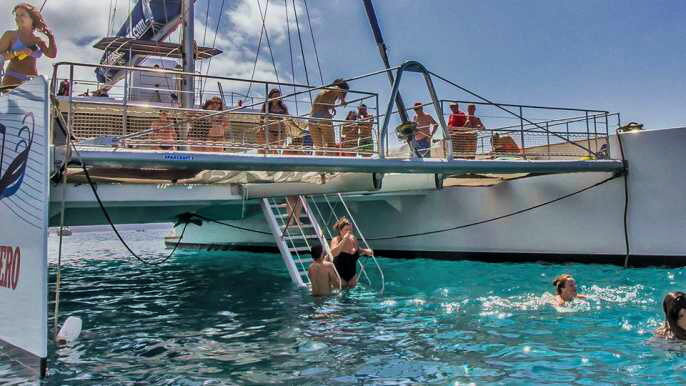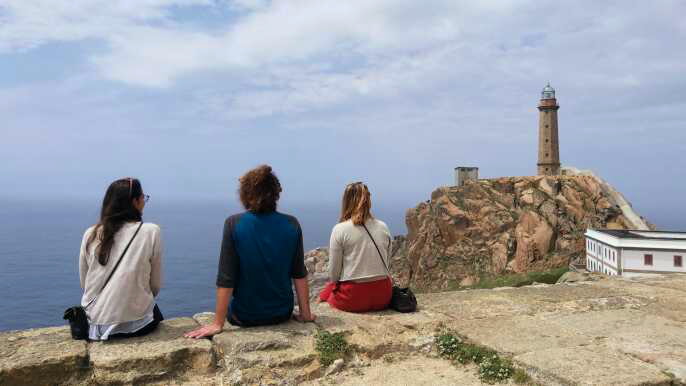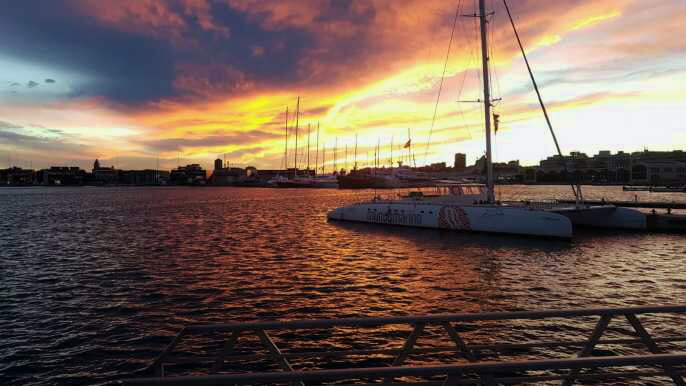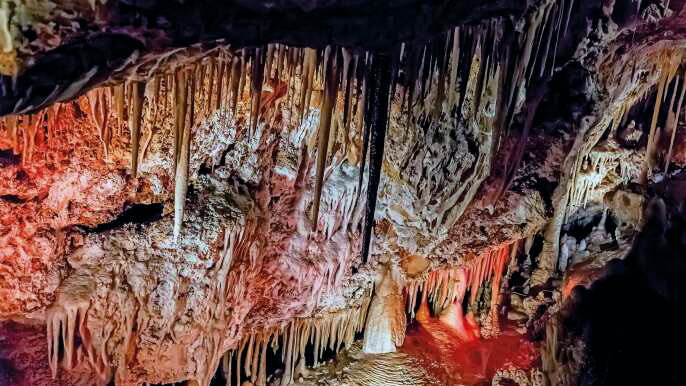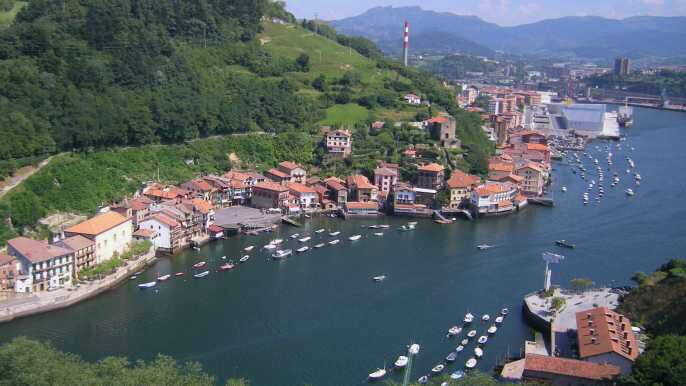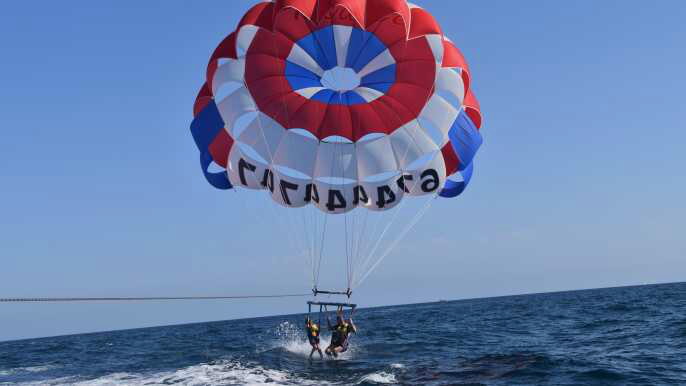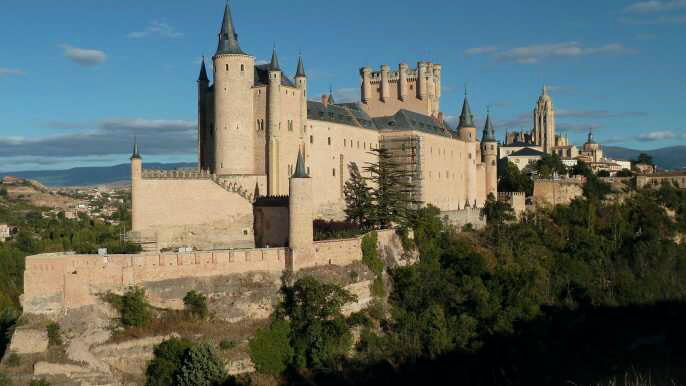Located in the southwest Iberian Peninsula, Seville is the capital city of Andalusia and the largest city in Spain. It is on the lower reaches of the River Guadalquivir.
Plaza Espana
Often called the Venice of Spain, Plaza de Espana is one of the most beautiful places in Seville. The building was constructed for the Ibero-American Exposition in 1929, and its semicircular shape has been used as a backdrop for films. Its canal, which is 515 metres long, and four bridges in front are a representation of ancient Spanish kingdoms.
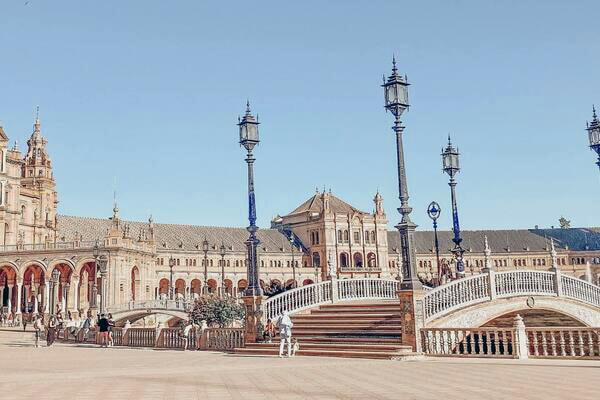
In addition to its beauty, Plaza de Espana is also a popular tourist spot. The plaza is often lively with vendors, horse-drawn carriages, and people. It has 48 tiled alcoves, each dedicated to one of Spain's provinces. Many visitors sit in the alcoves, pose for photos, and even read books.
One of the highlights of Plaza de Espana is the Vicente Traver fountain, which is located in the center of the plaza. Its design is inspired by Seville architecture, with wrought ironwork and ceramics surrounding the fountain. The fountain was built for the 1929 Ibero-American Exposition in Seville.
The tiled alcoves, each representing a province of Spain, are also used for "Little Free Libraries" by visitors. The alcoves have benches that are decorated with art from each province. Visitors also have the option of donating their favorite novels.
The Plaza de Espana is often used for filming, most notably the 2012 movie The Dictator. The film was filmed in this plaza, and the Plaza de Espana is also home to the presidential palace in the film.
The plaza is accessible from two streets on each side of the main building. The plaza is open daily from 8 am to 10 pm. It is best to visit in the afternoon to catch the most of the sun.
The Plaza de Espana is also the starting point of a 45-minute ride around the city. For a more comprehensive view of the city, you can also take a boat ride along the canal. Boats can be rented for EUR6 for a 35-minute ride.
In addition to Plaza de Espana, the city of Seville has many other highlights. Its palace-fortress, the Royal Alcazar, is a must-see. The Alcazar gained international renown when it appeared on the hit TV series Game of Thrones. The building also serves as a museum.
Torre del Oro
Located at the edge of the Guadalquivir River, Torre del Oro is one of the most beautiful and famous places to see in Seville. This historic watchtower was built by the Almohades Moorish dynasty in 1220. It was part of the fortified walls surrounding Seville. It had a total of 166 towers. The name of the tower is derived from the golden shine that can be seen on the river. It is also known as the "Golden Tower".
Torre del Oro is one of Seville's most famous landmarks. It is a dodecagonal military watchtower built by the Almohades Moorish kingdom. It is now a small naval museum. It features nautical charts and scale models. It also displays a collection of antique shipping instruments. It also includes portraits of illustrious naval figures.
The museum is open from 9:30 am to 6:45 pm Monday through Friday. On Saturdays and Sundays, the museum is closed. The entrance fee for adults is 3 euros. Children under 6 years old and those who are disabled pay zero euros.
It is possible to see the tower for free on Mondays. Alternatively, a tour of the tower is available. The tour includes a view of Triana and the city's waterfront. It takes approximately an hour. There is also a Hop-on Hop-off bus that stops right outside the tower. The bus leaves every 30 minutes. It costs 1.5 euros for children aged 6 to 14 and zero for children under six.
Torre del Oro was built as part of the city's Moorish fortified walls. It had 15 gates and 166 towers. It was decorated with golden tiles. It was also used as a prison. In 1248, the Christian forces took over Seville. In 1248, Fernando III of Castile conquered the city. He then ordered the construction of the Mudejar Palace, which was also located at Torre del Oro.
The tower has been through a lot of changes over the years. It was originally built in 1220 as a defensive watchtower. Later, it was used as a prison, a chapel, and a warehouse. In 1760, it was saved from demolition.
San Telmo Palace
Originally built in 1682 as a marine academy, the Palacio San Telmo is today the official seat of the Government of the Autonomous Community of Andalusia. It is a baroque-style palace with a rectangular floor plan. The palace has undergone numerous renovations over its history. It was once used as a royal palace, a seminary, and a hospital. It was leased to the Andalusian Government in 1989.
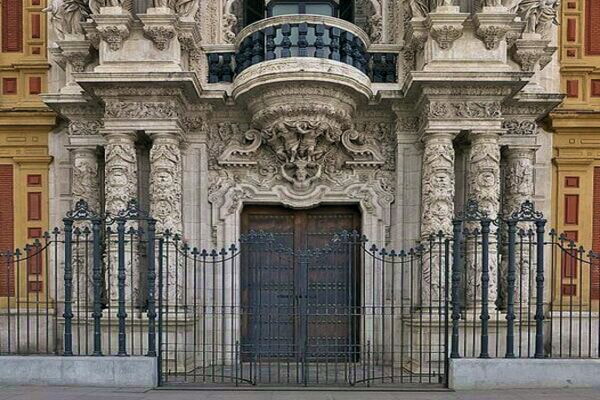
The Palacio San Telmo is surrounded by walled gardens. The palace is built in a baroque style, which means that it features elaborate designs, such as symmetrical windows, a Churrigueresque entrance, and a large central courtyard.
The palace also features several statues. One of the most beautiful is the one of the patron saint of the city, Saint Telmo. This figure is flanked by two other saints: Saint Hermenegild and Saint Ferdinand. The palace has a chapel built in 1721. It features paintings, reliefs, and various statues. It is a great example of Spanish art.
The Palace of San Telmo is located on Avenida de Roma. It is the most beautiful Baroque building in Seville. It is located next to the River Guadalquivir. The building has undergone numerous renovations, but it is still very beautiful.
The Palace of San Telmo was donated to the city in 1893. It is located near the river and the university. It has several rooms that can be used for meetings. It is also home to the Museum of Toros.
The Palace of San Telmo has undergone several renovations, including a complete redesign in 2005. It is also the home of the President of Andalusia. The palace is free to visit. It is located on Avenida de Roma, which is easy to reach by metro. It also offers guided tours. It is best to book a tour in advance.
The palace is located on the south side of the city. The Archaeological Museum of Seville is also located there. It is open on Thursday. The palace is one of the most beautiful buildings in Seville. You can see it from Calle de la Rabida and Calle del Palos de la Frontera.
La Giralda
Probably one of the most important landmarks in Spain, La Giralda is located in Seville. It is a historical monument of the Berber-Muslim Almohad dynasty. It was originally constructed as a minaret for the mosque of Seville. It has been destroyed and restored many times, but it remains one of the few remaining mosques in the world.
La Giralda is a fusion of Islamic and Christian architecture. The base of the tower was originally made of Roman foundation stones. The upper part was finished after the Christian reconquest of Seville. The tower is composed of two parts: the upper part is a minaret, while the lower part is a church. The tower has been a source of inspiration for towers across the world.
La Giralda was designed by a Berber-Muslim Almohad Dynasty. They did not care much about the origin of the materials used to build it. It was made of stones, spherical decorations and Roman tombstones. When the church took control of Seville, the mosque was turned into a church. In addition, they placed a cross on the tower.
Seville Cathedral is a UNESCO World Heritage Site. It was built in the 15th and 16th centuries. It has over 11,500 M2 of area and contains numerous royal tombs. It is also known for its numerous stained glass windows. There are over 200 carvings of saints. The cathedral also features a four-meter-high bronze statue of a female figure with a cross. The tomb of Christopher Columbus is also located there.
Seville Cathedral has a reja which encloses the choir. The choir has ornately carved Gothic stalls. The alter is gilded with real gold brought back from the Americas. It also has 75 stained glass windows. It is a beautiful building.
The Seville Cathedral has many tombs, including those of Fernando III of Castilla and Christopher Columbus. The cathedral is a great landmark to visit. It is also considered one of the most important cultural institutions in Spain. It is located on the east bank of the Guadalquivir River. The cathedral has a lot to offer, including a guided tour. It is open to the public and the queues can get long at busy times.


